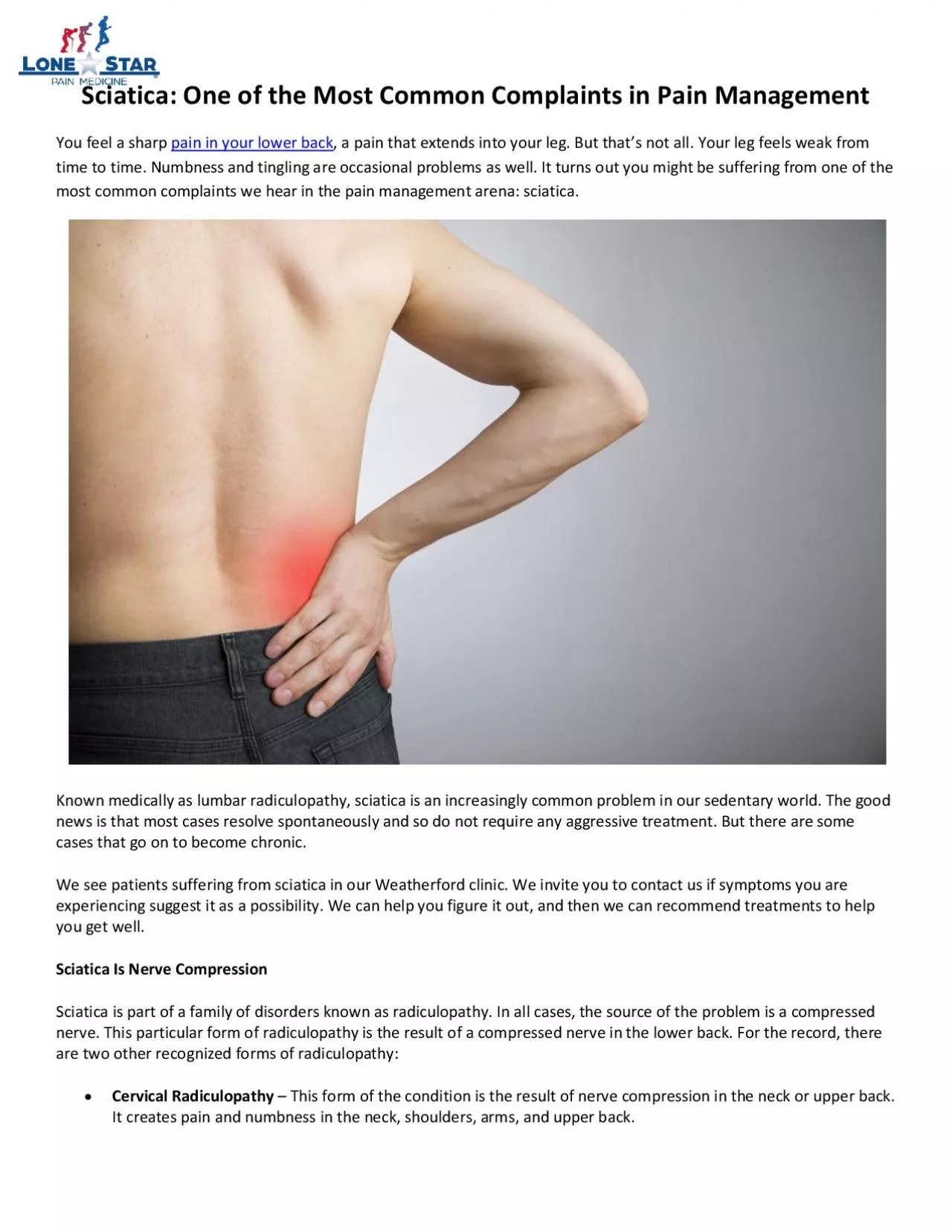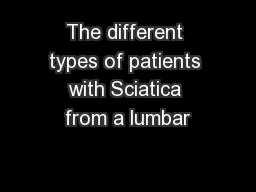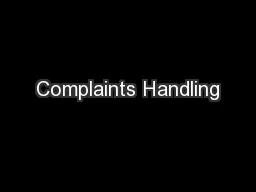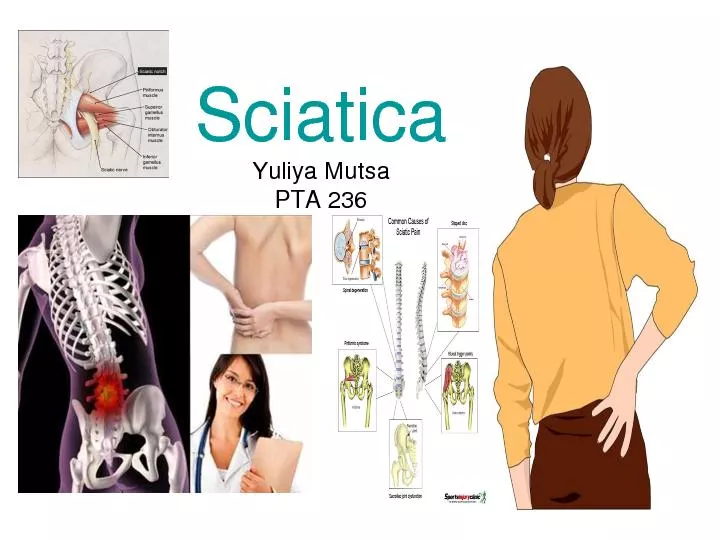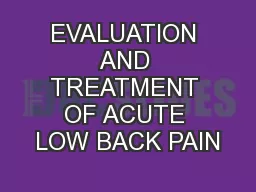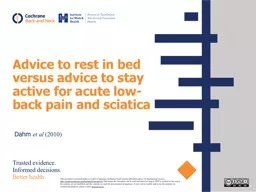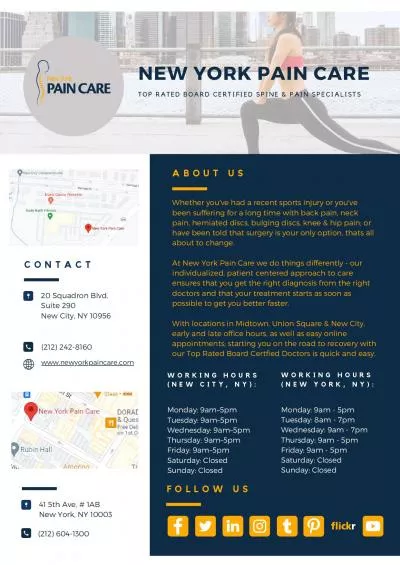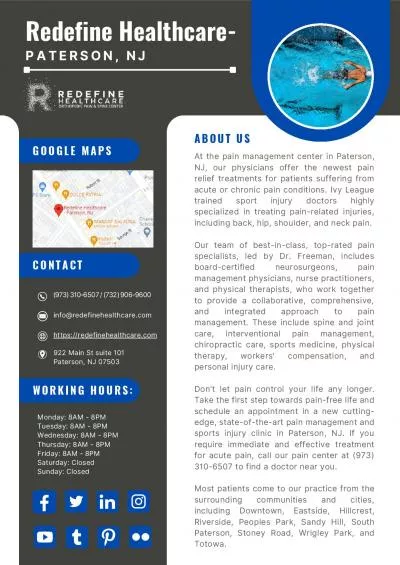PDF-Sciatica: One of the Most Common Complaints in Pain Management
Author : painmanagement | Published Date : 2021-02-24
You feel a sharp pain in your lower back a pain that extends into your leg But thats not all Your leg feels weak from time to time Numbness and tingling are occasional
Presentation Embed Code
Download Presentation
Download Presentation The PPT/PDF document "Sciatica: One of the Most Common Complai..." is the property of its rightful owner. Permission is granted to download and print the materials on this website for personal, non-commercial use only, and to display it on your personal computer provided you do not modify the materials and that you retain all copyright notices contained in the materials. By downloading content from our website, you accept the terms of this agreement.
Sciatica: One of the Most Common Complaints in Pain Management: Transcript
Download Rules Of Document
"Sciatica: One of the Most Common Complaints in Pain Management"The content belongs to its owner. You may download and print it for personal use, without modification, and keep all copyright notices. By downloading, you agree to these terms.
Related Documents

